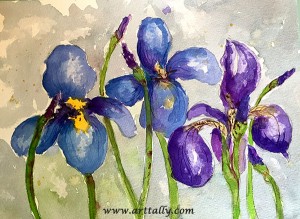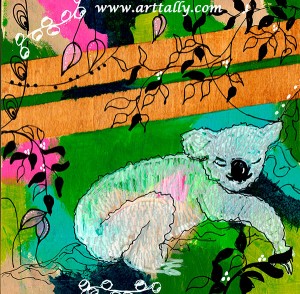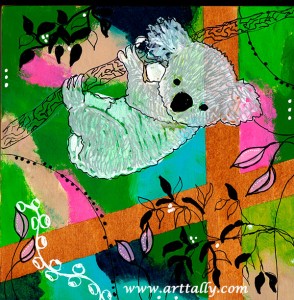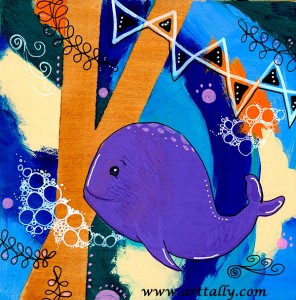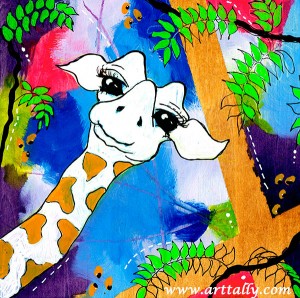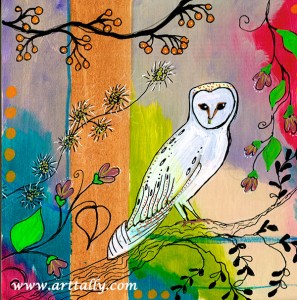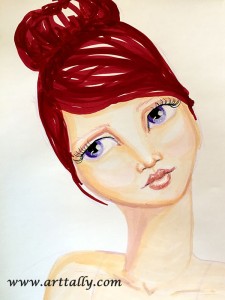 All of last week I have been observing that our faces communicate so much. By our expressions, of course, but do they also express some of our character traits - regardless of expression?
All of last week I have been observing that our faces communicate so much. By our expressions, of course, but do they also express some of our character traits - regardless of expression?
Some would say yes. It even has a name - physiognomy - the judgment or interpretation of a person's character by examining the face. Physiognomy has been an enduring study despite its lack of scientific validity.
Leonardo da Vinci was not a fan of the idea that the shape of your face dictated your personality. He did however acknowledge that lines or wrinkles that formed on the face over time as a result of particular repeated facial expressions did tell you about the person. Well, yes indeed. That has to be so.
Crow's feet around the eyes in later life can only mean you laughed a lot (well done). On the other hand sparse eyebrows may or may not mean that you doubt yourself and have low self esteem (wish someone had mentioned that in the nineties before I got out the tweezers….)
Apparently eyebrow shapes reveal a fair bit about us. Another interpretation of the sparse brow is that while often a sign of a benevolent nature it also indicates someone who cannot forget a wrong. (So if you are that guy who cut me off in the traffic this morning… I’d like to forgive you, but my eyebrows are just too thin.)
If someone has arched brows it could indicate that they are less approachable and more reserved. My right eyebrow is more arched than my left. Well, clearly this must mean you should always attempt to approach me from my left hand side for the warmest reception. Just saying.
Are you looking for a life coach? If so, you might need to enquire after their brows. Those with low eyebrows are reliable, easy going approachable types who are likely to stay with you. Although, if it is unemotional, logical thinking you are after, then best to go for someone with straight, unarched brows.
Rounded arches indicate kindness and peaked brows signify fun loving, fast thinkers. Bushy brows belong to active, confident sorts. Those with longer eyebrows handle stress better than those with shorter brows. Are you finding eyebrow shapes as fascinating as me? You might want to head over here for the full scoop and a celebrity brow or two.
Physiognomy is regarded as a pseudoscience, albeit an enduring one. Aristotle was rather taken with the idea, for example. There is a history of Greek philosophers pondering the face and what it might mean. Chaucer even mentioned it in The Tale of Beryn. Admittedly he wrote it as ‘fisnamy’ or ‘visnomy’, but we knew what he meant.
Making character assessments by studying facial characteristics was considered a solid scientific approach in the Middle Ages. It was even taught at universities, until Henry VIII declared it to be unlawful along with palm reading.
Physiognomy might not be scientific, but it sure is fun. It wasn’t just the ancient Greeks or ye olde England who found it interesting. Oh no, there is plenty more to learn from China too. If you have a five minutes to spare why not check out this short fun video about what Chinese face reading would make of your own features?

